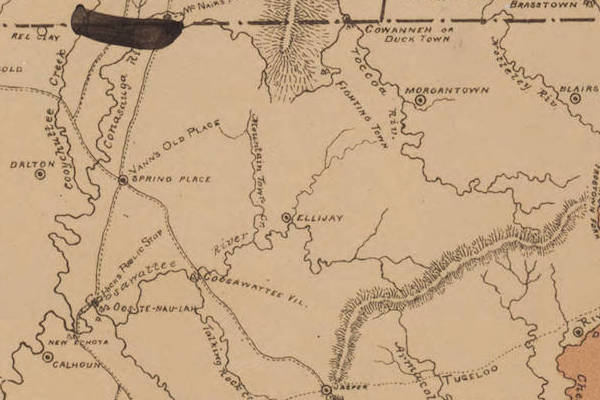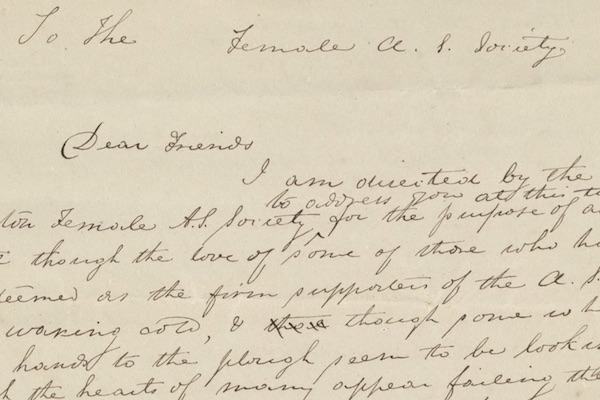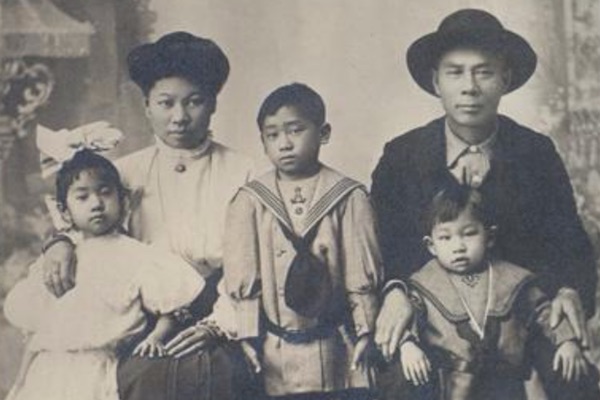Geographic mobility had been a necessity for members of the Church of Jesus Christ of Latter-day Saints almost since the Church’s founding in 1830. Begun during an era of intense religious revival in America, the Church boldly claimed to restore rather than reform traditional Christianity. The faith became popularly known as “Mormonism,” and its people “Mormons,” after the publication of a new book of scripture, The Book of Mormon. Mormons, who called themselves “Saints” or “Latter-day Saints” (LDS), established successive religious communities in frontier Ohio, Missouri, and Illinois in the 1830s and 1840s; each time they were forcibly driven out and dispossessed of their property because of their religious beliefs and practices. Conflicts in Illinois, particularly over rumors of a ceremony that permitted some men to marry multiple wives, led to the 1844 murder of the LDS prophet Joseph Smith and to the 1845 revocation of their city’s charter. Tensions continued to rise through the winter of 1846, when the Mormons under their new leader Brigham Young fled Illinois over the Mississippi River with covered wagons and livestock, becoming refugees in their own country. From 1846 to 1848 some twelve thousand Mormons clustered in rough camps across present-day Iowa and Nebraska, before organizing to emigrate further west into what was then Mexico.
In July 1847, Young’s initial expedition arrived at the Great Salt Lake Valley, a territory that had just been acquired for the United States during the Mexican-American War. Over the next decade, tens of thousands followed the Mormon trail to Utah in search of a new “Zion”—a holy community where they could worship without persecution. Close to sixty thousand were immigrant converts fresh from the British Isles and Scandinavia. They journeyed by ox-drawn wagon or—less commonly—by handcarts until the era of transcontinental railroad travel began in 1869. The sources in this set help place the Mormon migration in geographic, political, religious, and cultural contexts, including other westward movement motivated by Manifest Destiny.











































